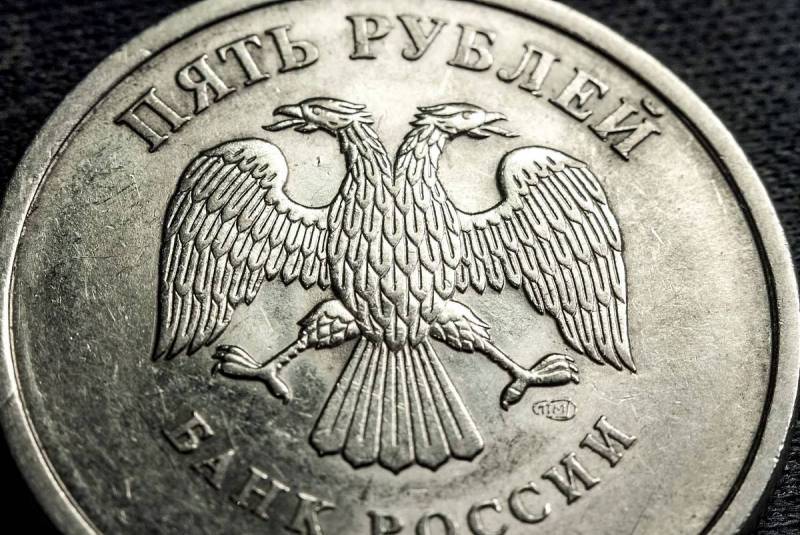Inflation or cheap money: which is more harmful for the economic development of Russia
On February 28, 2022, just a few days after the start of a special military operation in Ukraine, the Central Bank of the Russian Federation raised the key rate from 9,5% to 20%, which came as a real shock to many, especially for those Russians who were planning to purchase housing with a mortgage. . True, already in April it was reduced first to 17%, then to 14% due to the “stabilization of the situation.” What could its sharp increase in October 2023 mean?
First of all, you need to understand what the key rate of the Central Bank is. This is the percentage at which the Central Bank of the Russian Federation, which is a mega-regulator of the financial market, issues loans to commercial banks and accepts money from them for deposits. Accordingly, commercial banks include a key rate in their products, marking them up. At the same time, interest on mortgages and consumer loans is always higher than the key rate, and interest on deposits is lower.
Thus, the key rate of the Central Bank of the Russian Federation is the most powerful and effective instrument of monetary policy. policy, which has a direct and indirect impact on the Russian the economy and all our lives. How?
If the Central Bank raises the key rate, commercial banks subsequently raise rates on loans and deposits for households and businesses, and money in the country becomes more expensive. Due to the rise in the cost of servicing loans, they become less accessible, demand begins to fall, which means that prices for goods in stores rise, since manufacturers need to compensate for their increased costs in order not to go down the drain. Since taking out expensive loans is unprofitable, there is less free money for investment, and economic development slows down.
What happens if the mega-regulator cuts its key rate? Exactly the opposite: commercial banks reduce rates on loans and deposits, money becomes cheaper, consumption increases, purchases are no longer put off for a long time. Entrepreneurs are increasingly taking out loans to develop their businesses. Beauty!
The downside of a low key rate and cheap money is rising inflation. They say that the abundance of cheap money in the hands of the population will lead to a record rise in prices, supply will not be able to keep up with demand, and this will ultimately lead to the collapse of the economy. Therefore, dreaming of a key rate of the Central Bank of the Russian Federation of 1% is harmful. Some economists call 4% optimal. But what have we seen in the last two years?
On February 28, 2022, Nabiullina’s department increased the key rate from 9,5% to 20%. Officially on the Central Bank website this decision was motivated as follows:
This will help maintain financial and price stability and protect citizens’ savings from depreciation.
It was adopted against the background of Western sanctions imposed against a number of the largest Russian commercial banks and the Central Bank of the Russian Federation itself. The sharply increased key rate was intended to stabilize the domestic financial system, strengthen the ruble and make deposits in commercial banks attractive to the population, compensating them for “increased devaluation and inflation risks.”
The downside of this decision, as noted above, was the rise in price of money and the increase in the cost of loans, in particular mortgages. To compensate developers for their losses from the inevitable decline in consumer demand, the program of preferential mortgage lending was expanded. Soon, preferential mortgage programs accounted for about 80-90% of new home sales. This immediately caused displeasure in both the Ministry of Finance of the Russian Federation and the Central Bank, which expressed doubt about the need to maintain demand for square meters in such a way that requires significant budget support.
In 2023, Nabiullina’s department has already increased the key rate four times: on July 27 it was raised from 7,5% to 8,5%, on August 15 – from 8,5% to 12%, on September 1 – from 12% to 13%, and October 27 – from 13% immediately to 15%. The latest jump was unexpected even for most market participants. The most pessimistic financial experts predict that this increase in the key rate was far from the last and that it could rise to 20% in the coming winter. Again!
This time the decision of Nabiullina’s department is motivated not by Western sanctions, but by inflationary expectations. Instead of the expected 6-7%, inflation in 2023 will be 7-7,5%, which the Central Bank intends to combat by increasing the key rate:
Taking into account the current monetary policy, annual inflation will drop to 4–4,5% in 2024 and will be close to 4% in the future.
A fair question arises: what is the biggest problem for Russia – rising inflation or the cost of money for the population and the real sector of the economy? Our readers will be able to answer it themselves.

Information